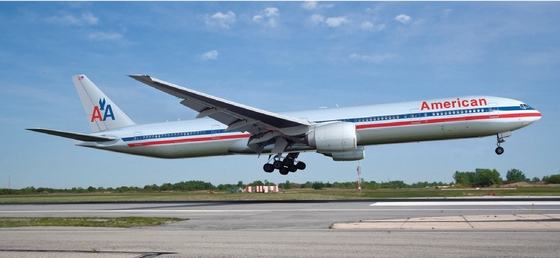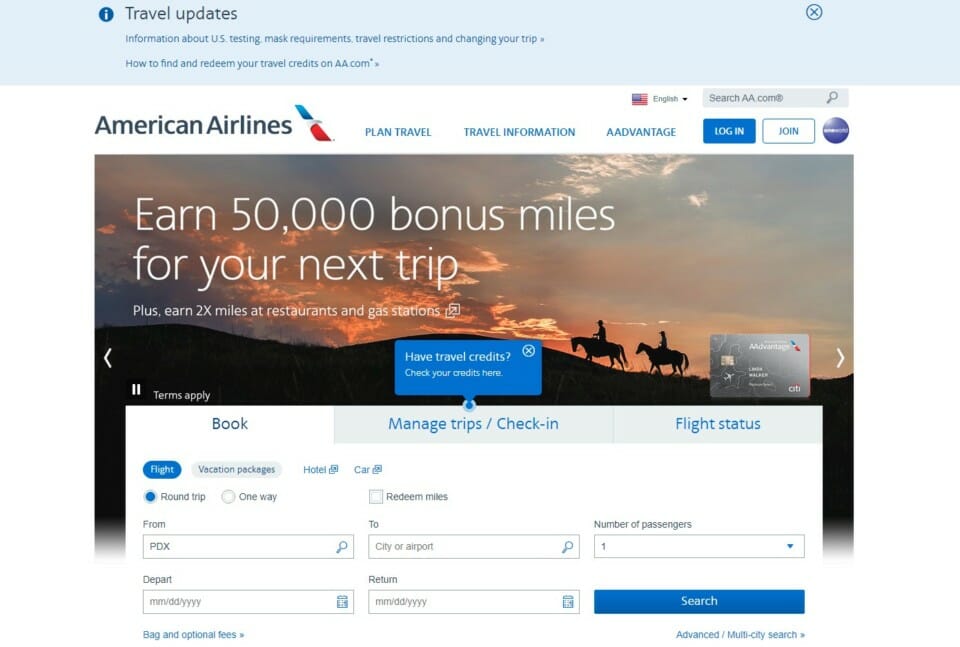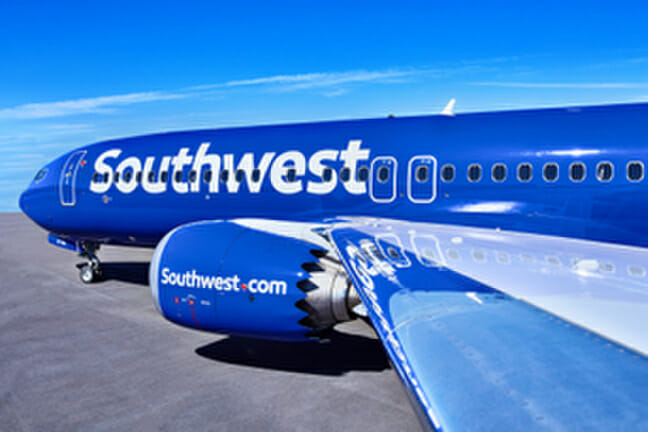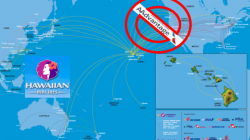Starting last Saturday, American Airlines flight operations out of Dallas began a meltdown. Last month, I wrote about a similar situation that happened to Southwest Airlines. If you missed that story, you can read it here. Was this a matter of a bad “trick or treat” that went seriously wrong? What really happened and what American Airlines originally blamed the problem on.
Operational Issues
The first thing that I want to mention is that Southwest and American Airlines operate in two completely different structures. While Southwest is a point-to-point carrier, American Airlines works on a hub and spoke system. If the “wheels of the bus” fall off at a large American Airlines hub, there will be a large ripple effect throughout their entire system. The first flight of the day needs to take off on-time because that aircraft will fly multiple trips that day. When aircraft fail to depart, the airline will have aircraft out of place for other flights during that day. In the case of the current American Airlines operational meltdown, the failure occurred at the airline’s biggest hub – Dallas Fort Worth Airport (DFW). Flight cancellations result in aircraft being out of position during the course of the day. One of the reasons that flights are not scheduled after midnight is that it gives airlines a chance to get caught up before the first flight out of the next day.
The Beginning Of The Meltdown
This meltdown began on Saturday and continued into Sunday, Monday and Tuesday. The airline originally blamed that operational failure on the weather at DFW. Specifically, they blamed high winds in the DFW area for the flight cancellations. If that was true, the flights of United, Delta, Southwest, JetBlue and the others would have suffered the same fate. Was weather really to blame?
Looking At The Real Causes
The real cause of the operational problems at American Airlines is a lack of employees. When Covid hit, airlines shed employees at a wholesale rate. The problem for airlines is that when air travel increased last summer, they had to either recall or hire new employees to work these flights. In the case of pilots and flight attendants, recalling these employees is not a quick fix. Pilots need recurring training to remain in current flight status. Flight attendants also require training and certification to work on each aircraft type that they fly. Further compounding operational issues at American is an apparent difficulty in the airlines securing hotel rooms for these employees. Pilots and flight attendants require a minimum of eight hours of “behind-the-door” rest to be rest compliant. If aircrew members are not “rest compliant” they are not fit to fly. Airlines typically don’t board aircraft until all of the flight attendants are on board. The late arrival of just one flight attendant can delay the boarding process. It could be that American Airlines was late to recall, hire and train employees to staff an increased flight schedule.
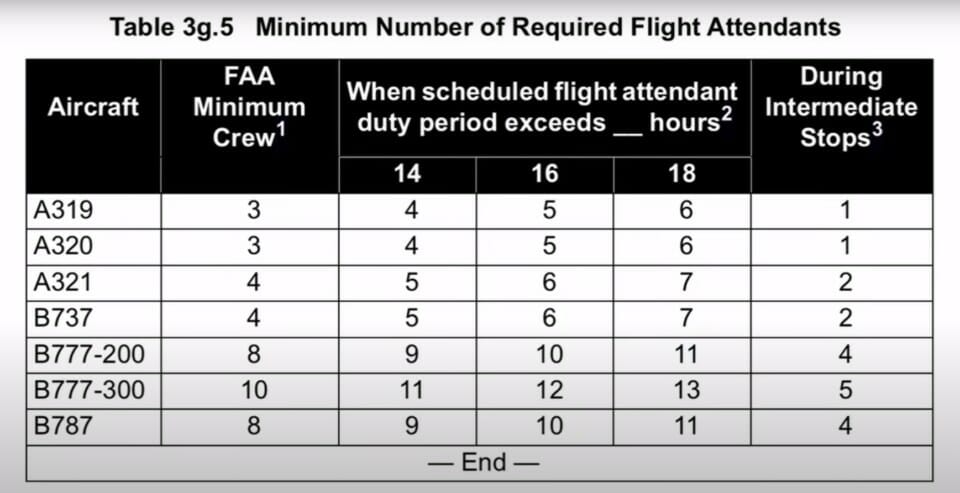
The Reason Behind The Flight Cancellations
American Airlines Boeing 777 pilot and aviation expert, Juan Browne truly has the inside track on the situation.
Is It Over Yet?
Today is Wednesday, is American Airlines back to normal? To look for the answer, I went to flightview.com and looked at the American Airlines departures out of DFW for this morning. The screenshot was taken at 8:30 am CDT and here is what it looks like:
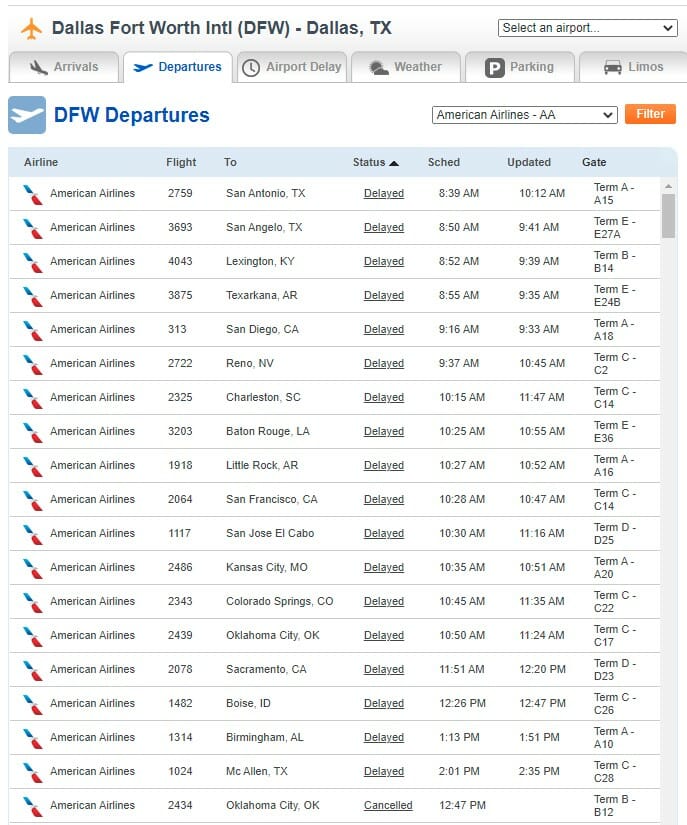
The unknowns are how many “delayed” flights will turn into actual cancellations.
Final Thoughts
Operating an airline is a complicated system of aircraft flying many flights to many destinations each day. If one major problem occurs, it will have a ripple effect across the airline’s entire route system. When aircraft are out of position, flights get cancelled. Major aircrew staffing shortages will cause a meltdown and it appears to be the real cause of American Airlines’ current operational failure.
Things happen in the airline business. How airlines deal with operational problems will determine how the flying public views their airline loyalty. One thing that any business needs to do is be transparent to the customer and be honest about the situation. Blaming the weather for mass cancellations was not being transparent with their customers.

